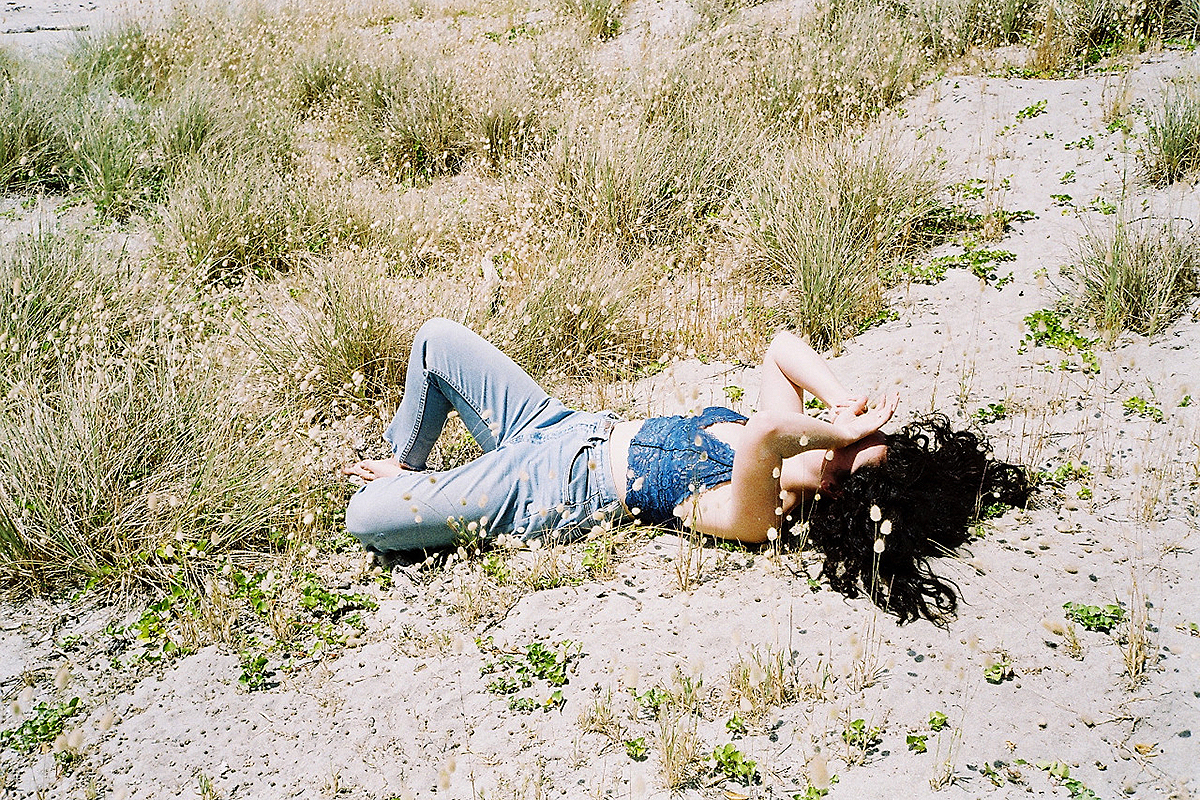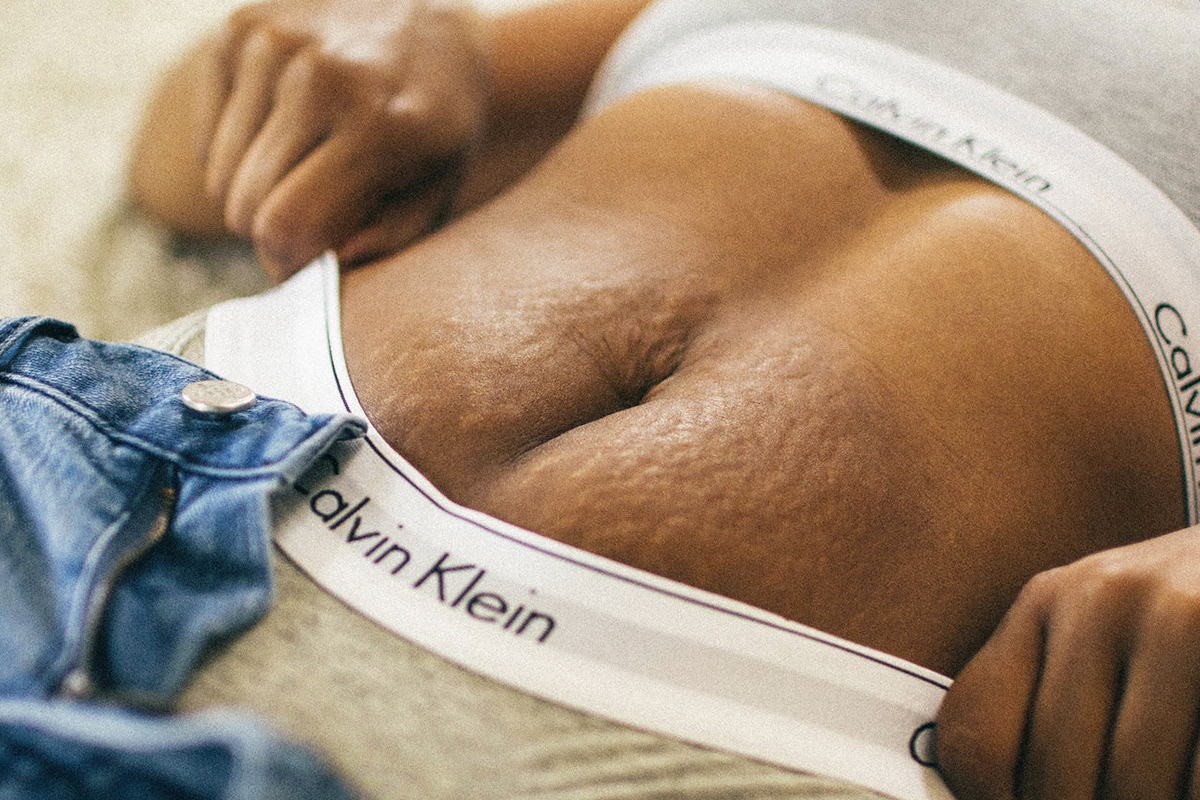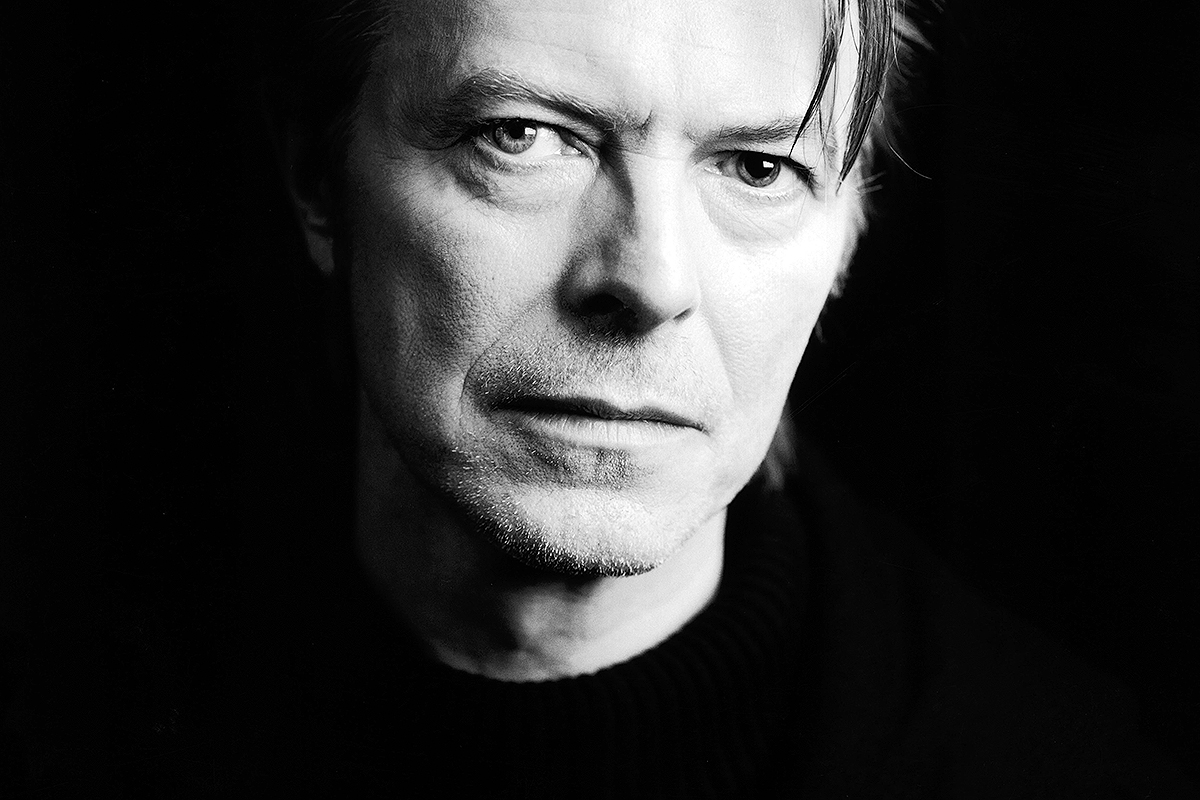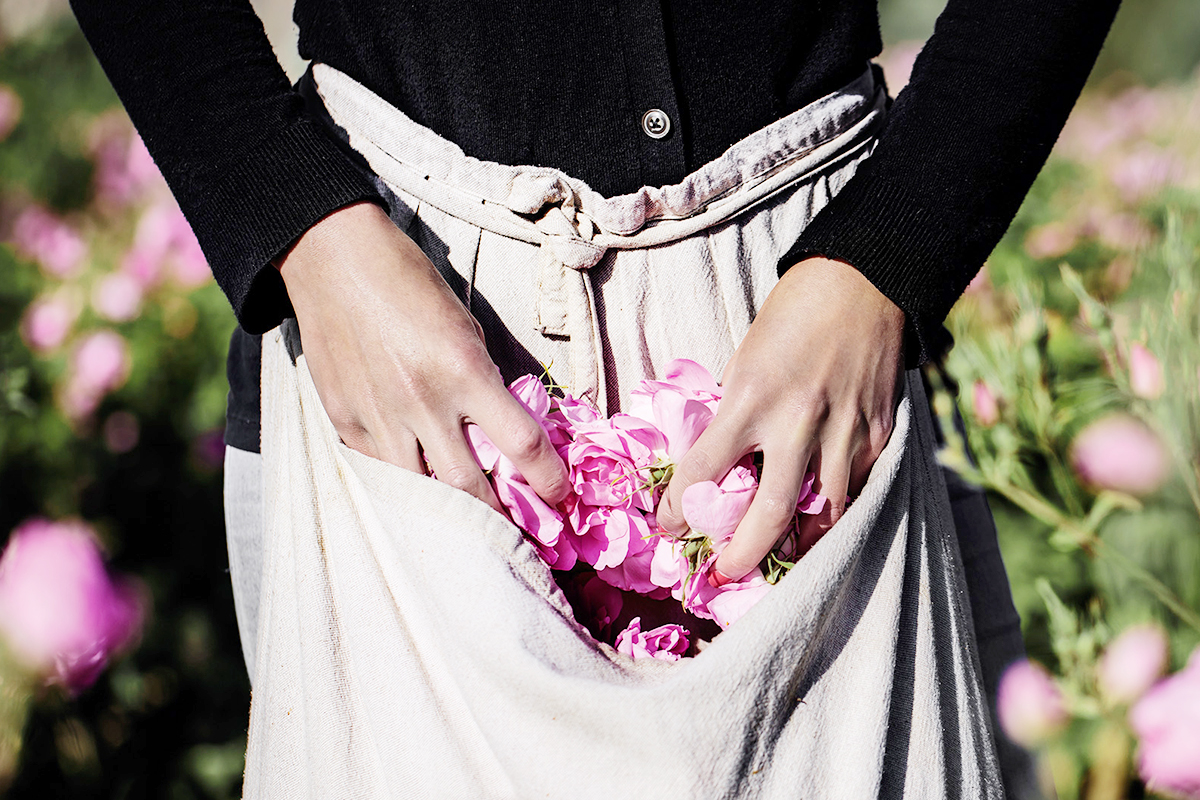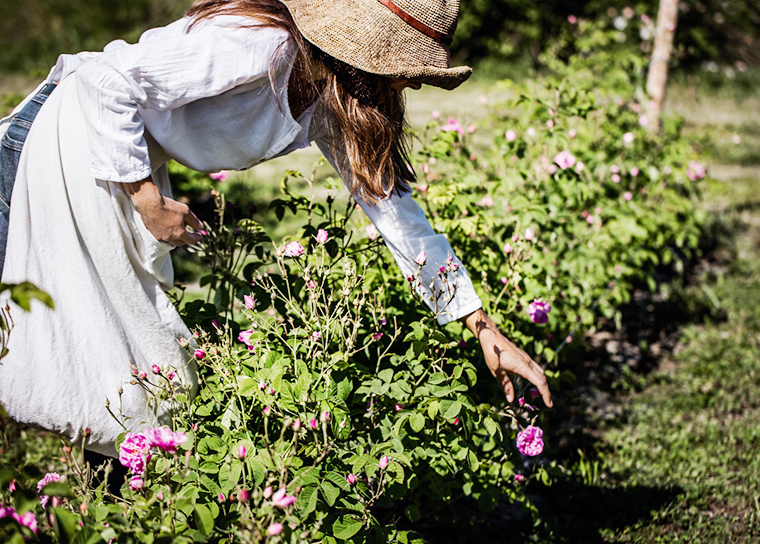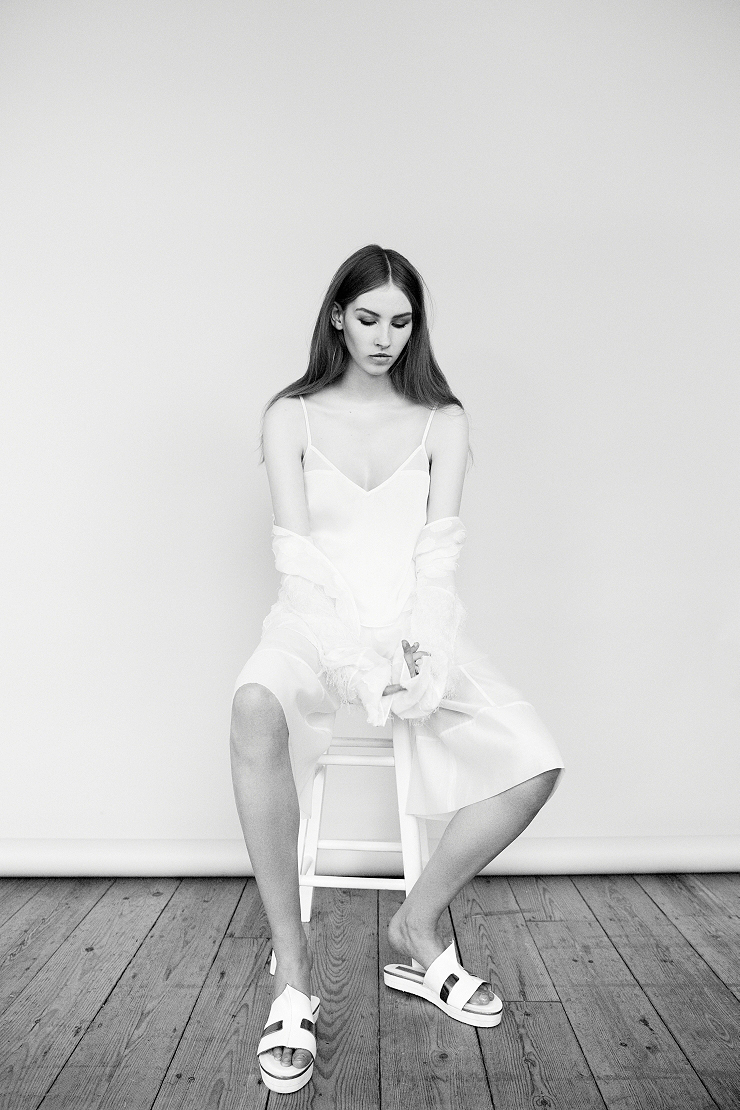Georgia O’Keeffe. It’s part of the human nature to try and categorize a subject in order to understand it in depth. Though, there is an exception to this unwritten rule of human behavior: rationalization, however, it may increase the separation between a subject and its viewer – which will inevitably lead to only a projection of what we think it’s real. Georgia O’Keeffe was an artist that critics have struggled to put in a determined artistic movement – today we refer to her as the American icon of modernism, even if it covers over one hundred years from the 1850s to roughly the 1960s. O’Keeffe’s extensive archive and studies show how she kept herself distant from the majority of the artistic movements and groups, but only channeled her true self in company of her partner, the American photographer Alfred Stieglitz. Alfred and Georgia’s intimacy is reflected in the works of both of them: Stieglitz would often ask Georgia to pose for him and focused his attention on her hands, face, or her body as whole. Their artistic exchange was mutual: while we do not see Alfred portrayed in O’Keeffe’s work, we can still acknowledge his presence in her paintings and the atmosphere that certain elements conveyed by the way they were represented.
Georgia is very hard to understand rationally, mainly because her art doesn’t have a rationalized source, even if it relates to reality; the figures we see today on her canvas acquired their shapes as they were painted, only gaining a definite – yet most of the times still abstract – figure as she was creating them. With her artistry we see the sense of hearing being actively engaged for the creation of her own paintings – which were, as she said, a translation of music for the eyes. Her deep relationship with synesthesia – having a sense stimulated by another – accompanied her for the whole length of her artistic career; she would see music as vivid shapes and put them, consequentially, onto paper. This process elevated Georgia by the other artists, building another wall of separation between her paintings and their meanings. The viewer can only imagine what Georgia felt while hearing the music, but it is unlikely, if not impossible, to completely understand her and her art through her paintings only – even if she is completely transparent to the public and the critique. Although Georgia would meet herself and her true self-expression whenever she painted, she wouldn’t ignore the public opinion about her: her definite lines and fluid – sometimes symmetric or spiral shaped – shapes may have been evoked by music, yet the critics’, especially the feminist ones, interpretation of her art would constantly verge towards eroticism – sparking the idea that Georgia O’Keeffe may be a feminist icon. The lack of consideration for women artists has left the position of “woman icon” empty for painters – while the men counterpart would have a greater coverage and acknowledgment of their works. Coincidentally the fist-wave feminism started its activity in the late 19th century, early 20th, exactly when Georgia was experimenting with her abstract paintings. Regardless of the numerous times she affirmed that her paintings were not erotic and she was not a feminist, she eventually decided to paint with a more photographic and realistic style, focusing her attention to still life in particular, but also exploring landscape later in her life. Synesthesia didn’t abandon her when she temporarily stopped painting with an abstract style; her senses were still engaged actively, but in a way that also implied a stronger influence by memory and emotions. She started painting flowers around the 1920s – especially following the Wall Street Crash of 1929. Her interest in the city dissolved in 1929 also because of her first visit to New Mexico, from which the viewer witnesses a turning point in her style. Before that, however, Georgia oriented her artistry towards what has been – and still was – overlooked by the citizens of New York or of any other city: nature, especially flowers. Her flowers fill every inch of her canvases, forcing themselves in the attention of the rushing citizens.
As she remarked:
Nobody sees a flower – really – it is so small – we haven’t time – and to see takes time… So I said to myself – I’ll paint what I see – what the flower is to me, but I’ll paint it big and they will be surprised into taking time to look at it – I will make even busy New Yorkers take time to see what I see of flowers… Well – I made you take time to look … and when you took time … you hung all your own associations with flowers on my flower and you write about my flower as if I think and see what you think and see of the flower – and I don’t.
The importance of looking and seeing echoes past artistic movements such as impressionism and post-impressionism – which transitioned the beginning of modernism – but Georgia would see the world around her differently than her predecessors. She wouldn’t paint the landscapes before her en plain air, but she would store the memory of what a place conveyed to her in her mind in order to paint from memory. What we see on the canvas, eventually, is not meant to be a representation of reality as generalized – what we see is what she saw and attempted to make us understand from a position far from any other political movement or instance – and Tate Modern is giving us a rare chance to approach Georgia O’Keeffe and her paintings more closely than ever before.
–
Exhibition, room by room.
Tate Modern is currently hosting one of the most extensive exhibitions ever realized about Georgia O’Keeffe, gathering over one hundred of her paintings. The first room was arranged to resemble her first exhibition at the gallery 291 in New York, year 1916. The gallery was owned by the photographer Alfred Stieglitz – who was introduced to Georgia’s art by one of her friends from school. The room is poor in lightning and shows a green drape adorning it all around it; above it we can see Georgia’s drawings which were, at first, abstract swirls drawn with charcoal onto white paper and watercolor paintings. The following room represents fully the determining importance of abstraction to Georgia’s paintings: the viewer can see the strong presence of synesthesia by the vibrancy of the colors and the way they blend into one another. Georgia’s paintings would often represent subjects with a sharp edge against the hues and the blends of other colors, almost giving a perception of a trembling spectrum, or fabric, to the soundwaves of music.
Tate allows to viewer to explore the relationship between Georgia and Alfred in the following room, the fourth one, by exposing a mixture of the works of the couple: Alfred’s pictures of Georgia evoke such intimacy that the viewer acquires the role of voyeur, perhaps. Alfred has not been represented directly in any of Georgia’s paintings, but it is believed that he is depicted in her still life paintings, under a specific code, or symbolism, only known to them.
Even if Georgia was more driven to follow synesthesia for her paintings in more of an abstract way, in the fifth room the viewer can see how she had a strong attachment with reality as well by representing the city of New York, especially at night. Most of the images were painted on long and narrow, vertical, canvases contributing into enhancing the height of the skyscrapers. Some of the paintings feature a glowing full moon, peeking behind the clouds – which light is resembling the satellites. Georgia’s interest in New York was raised during the “roaring twenties”, continuing to paint cityscapes for the rest of the decade. It seems that the painter wanted the viewer to compare the street lights to the moon, as the they are put on the street level.
Georgia finds her connection with nature again with her trip to Lake George with her husband Stieglitz, staying at his family house in summer and autumn. The changing season has allowed her to have an extensive variety of colors on her palette – which are now less saturated than her first abstracted period. Considering Georgia’s sensitivity to the world that surrounded her and the intensity the perceives it, it’d not surprising to know that she remarked ‘Here I feel smothered with green’ in relation to her stay at Lake George.
After her experience at the lake, Georgia presents a heavy shift in style – reinforced, also, by the critiques’ interpretation of her abstract artistry as erotic – presenting figurative subjects that are more realistic: the flowers. In the 1920s cities were heavily urbanized, and, consequentially, the citizens were more focused on work than nature – the flower is a very common element in the everyday life, often dismissed by the public attention. Georgia directs the human eye back to it with her still life paintings of them.
Having visited New Mexico once in 1929, Georgia found herself travelling back to it numerous times; she remarked that it was her country and that “[she] shouldn’t say too much about it because other people may be interested and [she doesn’t] want them interested.” Which makes us understand how although she shared her views with the world, she was reluctant in sharing the placed that inspired her.
In the following rooms the viewer acknowledges her connection with New Mexico by the incredibly vast selection of paintings about its landscape that she created over the course of the years. Some recurring element were the skull, the bones – which she collected instead of flowers – countless cliffs and hills in the distance. The repetitions in her paintings allowed her to discover more and more of a determined subject, shaping it in her own mind and engaging with it to understanding it in depth – this happened with the mountain Ghost Ranch, and the “Black Place” and the “White Place” in the Navajo country.
The exhibition closes the circle by showing her late abstracts and skyscapes in the final room; these works were produced between the 50s and the 60s – there’s a painting in particular that represents what the view from the airplane she would take to New Mexico conveyed to her, which shows a particular attraction towards the view of the sky above the clouds.
She stood between being understood by the public and her own artistic experience; wanting to be understood as her true self and not being depicted as somebody else is one of the many crossroads of Georgia’s life. Georgia was more bounded to reality yet her sensitivity as a painter makes her shift away from anybody’s attempt to put her in a box, to define her, her art and its meaning. It’s impossible to trace a line and circumscribe her activity as definitive under one point of view. Georgia’s art is a spectrum of emotions, music, visive elements only she had access to.
– – –
Written by Ludovica Colacino for Fashion Philosophy, Issue 3. The above image is of an original painting by Georgia O’Keeffe, that displayed at Tate Modern until 30th October (2016).
All rights reserved. No part of Fashion Philosophy publication may be reproduced in whole or in part without a written permission. Featured content is protected under a Creative Commons Attribution / Non-Commercial / No-Derivs International License. All views expressed in Fashion Philosophy are of the respective contributors and are not necessarily shared by the editors and fellow contributors. © 2016 Fashion Philosophy.


